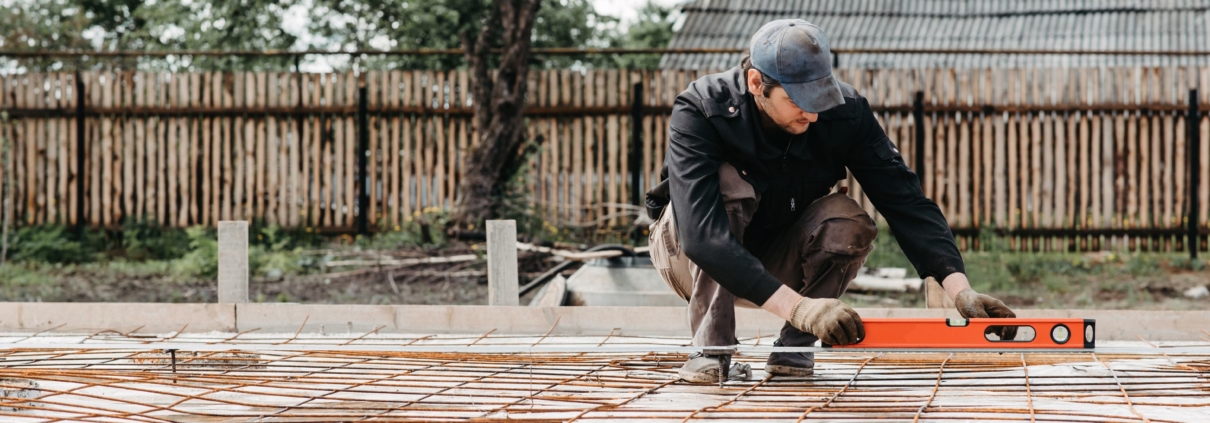Home Renovation: What Happens During Foundation Repair?
It’s more common for homeowners to notice aesthetic damage, from roofing to window damage. Since they’re easier to spot, contacting contractors for repairs is done much sooner to prevent further damage. However, some signs of your home’s deterioration aren’t always in the most obvious place. For example, your home’s foundation can keep small yet potentially dangerous vulnerabilities that put you and your home at risk.
The process of foundation repair
Foundation repair is necessary for contractors to minimize repair costs and ensure that your structure’s safe to use and occupy. If you don’t repair a building’s foundation problems, it can invite mould and mildew to grow underneath its pier and beams. Additionally, cracks and poor sealing can cause water to seep into and cause rot or deterioration over time. For this reason, it’s vital to undergo foundation repair for the longevity of your building.
In this article, we’ll guide you through the five steps contractors go through to repair your home’s foundation.
Step# 1: Initiating prep work
First, your contractors will remove any greenery or utilities that are connected to your home. This allows your contractors to dig holes around your home’s perimeter without damaging any landscaping nearby or plumbing underneath. Your contractor may also break out sections of your concrete slab to maneuver their tools better and assess its condition.
Step #2: Assessing signs of damage
Every home will have different issues with its foundation, from gradual wear and tear or heavy damage due to natural disasters. Because of this, your contractor needs to note damage to the foundation on its exterior or interior piers.
Once the surrounding areas are clear to work with, your contractors will assess if your foundation piers are still durable. If your home only has exterior piers issues, it may not be necessary for contractors to work through your home indoors.
Step #3: Stabilizing your foundation
The contractors will gradually lift the exterior piers through hydraulic jacks. This elevates your home’s foundation and allows them to install steel and concrete piers under your home’s foundation for stabilization. They will then lift and correct any complications by applying support cylinders, repairing flatwork, and other necessary treatments to secure your home.
Step #4: Covering previously dug out holes
Since the source of damage is already identified, it’s best to shorten the project timeline by doing tasks simultaneously. While some contractors are lifting your home’s foundation, other workers can immediately begin filling in the dug holes from the previous step. It’s generally best to have soil piled higher than its previous amount to give your home’s soil a chance to slowly sink into the dug holes over time. This is a necessary allowance during floods and rains that will inevitably cause the soil to compress. Although the amount of soil may look odd, they will eventually compress over time for a year or more at most.
Step #5: Cleaning up the foundation
After removing tarps and replanting debris, the last step involves replanting the relocated vegetation repairing any dug tunnels or damaged concrete driveways.
Conclusion
Although the process can cost as low as $2,000, your building’s foundation repair treatment can blow past $15,000. While the price can be intimidating, it’s important to remember that the value of keeping safe is priceless. This is why it’s necessary to scout your options and find the right contractor to remedy your building’s needs.
When it comes to your home’s safety and security, you should be picky about who to trust. At Red Robin Masonry, it’s our goal to give our clients the appropriate building solutions for their home’s longevity. If you need home restoration services in Ontario, contact us today at 416-206-8859!




Leave a Reply
Want to join the discussion?Feel free to contribute!